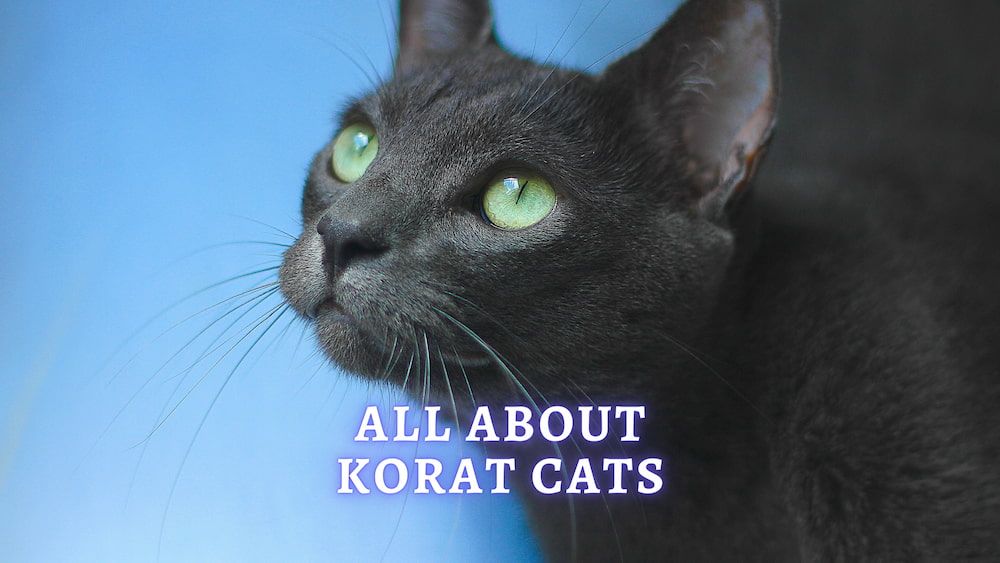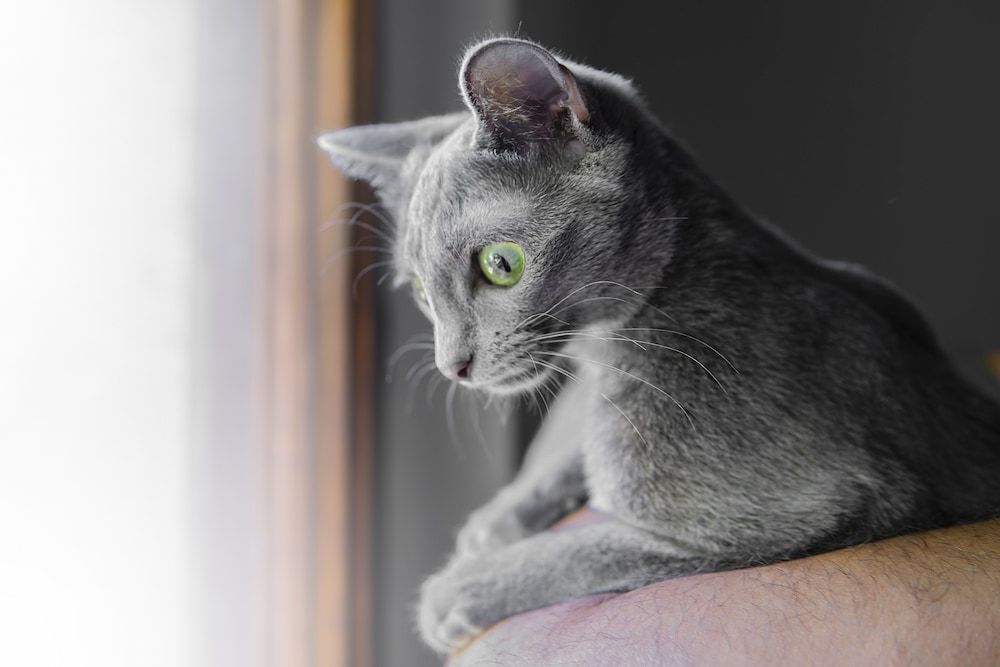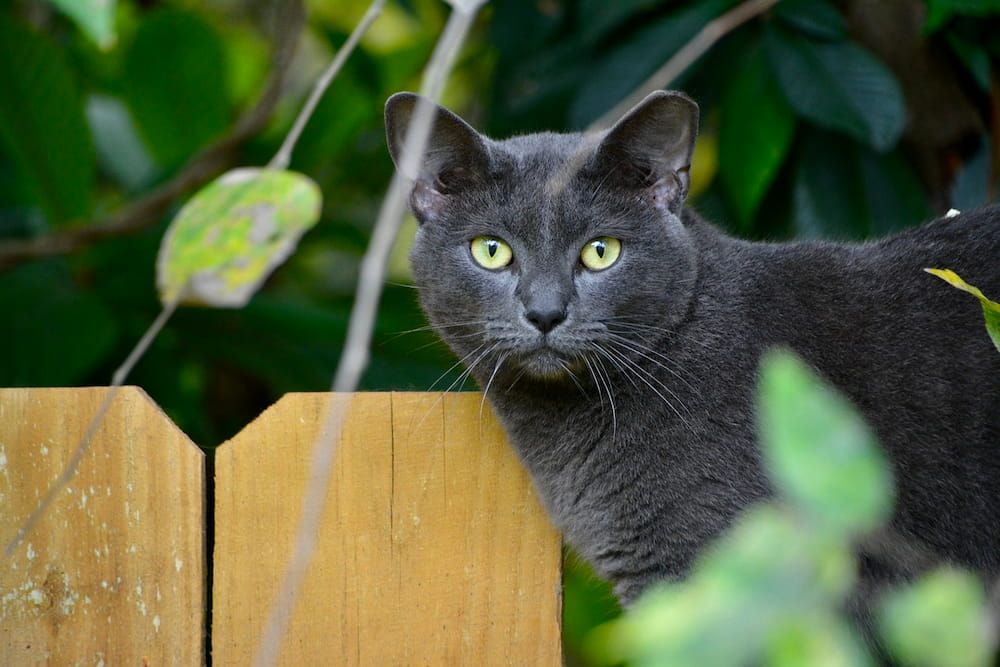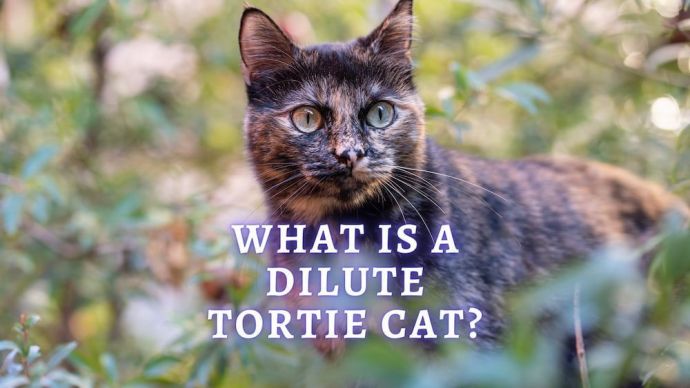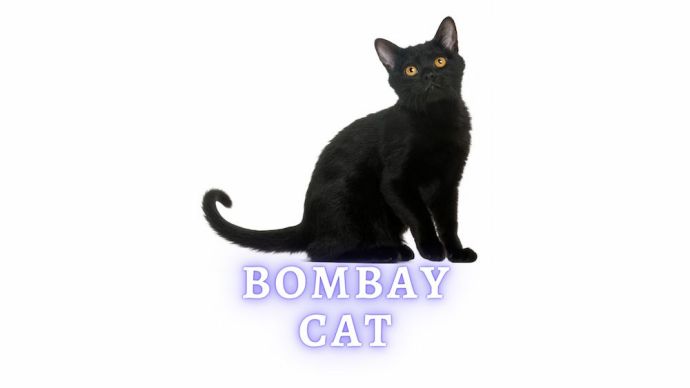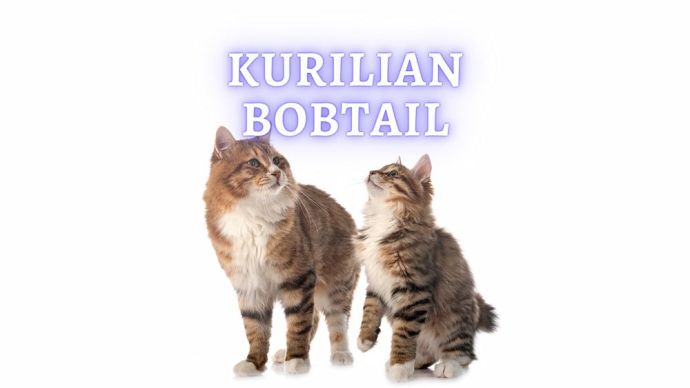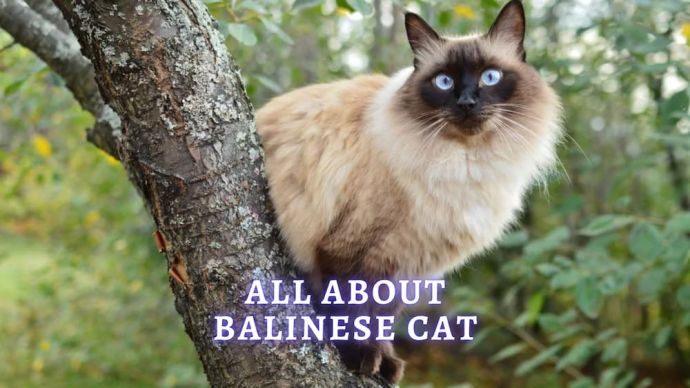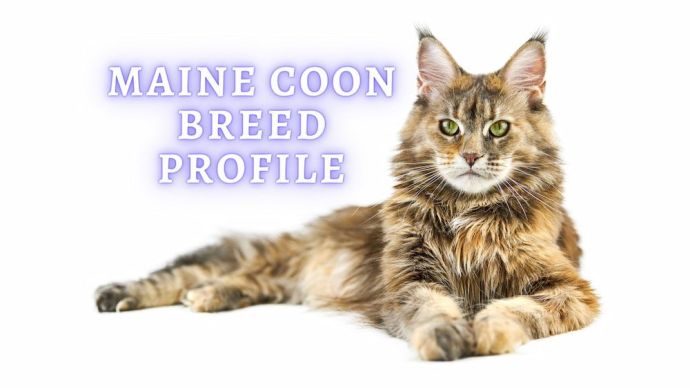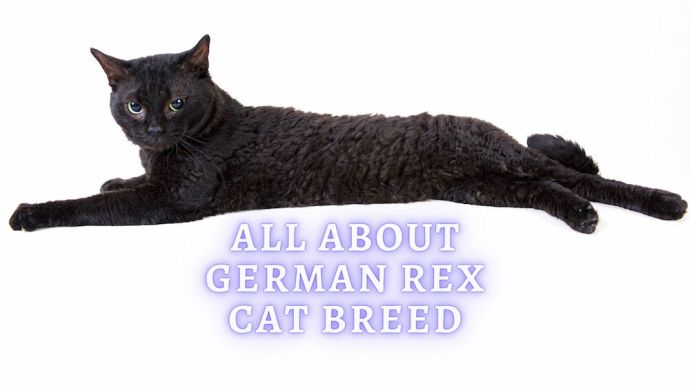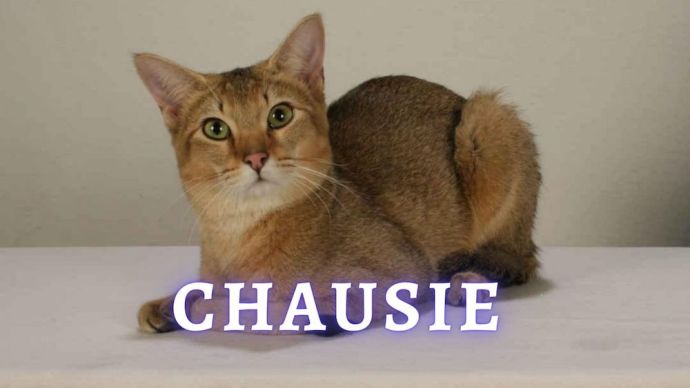Korat Cat: Breed History, Health and Grooming
Written by:
Author: Scott Jeffrey
Scott is a professional blogger with 12+ years of experience in writing, and holds an MA in anthropology. He has two cats as housemates. Also, Scott is passionate to research on pet-related topics such as dog training, puppy feeding, and cat health.
View all 63 articlesLearn about our editorial process and veterinary review board.
Viewed: 254
Updated on: 04/19/2023
The Korat breed of cats is known for its striking deep green eyes, silver-brown fur, and heart-shaped face. These cats have a long and storied history going back centuries in Thailand, where they were often given as a good luck charm to newlyweds or families hoping to bring prosperity into their homes. The Korat cat’s friendly personality and easy-going nature make them an ideal pet for any household, whether experienced with cats or not. They are brilliant and can be taught various behaviors with patience. In addition to providing companionship, the Korat cat is also known for its hunting skill which can help keep your house free from unwelcome critters!
Characteristics
Korats are small-to-medium-sized cats with a solid and muscular build that can weigh more than expected. These cats have a stunningly unique fur coat that is silver blue without any stripes, white markings, or other colors. On the nose is a blue to lavender skin, while the paw pads may also be of this color. The perfect eye color for this breed is bright green, while an amber shade is accepted too. These animals take two to four years to reach their full eye color. Korat cats have a heart-shaped head viewed from the front and large ears, which give them an alert look. Their eyes are also quite big compared to the size of their heads. Lastly, although their fur is short and doesn’t shed much, it’s not hypoallergenic either.
| Lifespan | 10-15 years |
| Length | 15-18 inches |
| Height: | 9-13 inches |
| Weight | 6-10 lbs |
| Origins | Thailand |
| Energy | Medium |
| Eyes | Green to amber |
| Coat | Short and blue-gray, silver points |
| Other names | Si-Sawat |
Breed History
The Korat is a centuries-old breed of cat that originated in Thailand, formerly known as Siam. The locals highly sought these cats, and they even appeared in literature from the Ayutthaya period in Thai history, which spanned 1350 to 1767. Bestowed with great luck, they were often given as gifts to brides on their wedding day, bringing prosperity and a lifetime of happiness to the home of their new owners.
In 1959, two Korats were imported from Thailand to the US – Nara and Darra – which started the arrival of this unique breed in North America. They were recognized by the cat fanciers association in 1966 as champions. Since then, many Korats have been bred in an attempt to return to the prized features of the Korat breed. Most of the lines are still traceable back to their Thai origins and thus unaltered since the Ayutthaya period. Given their unique appearance and preserved ancient breed genetics, it is no wonder why so many people find them so attractive!
READ MORE: Thai Cat Breed
Interesting Facts
The Korat cat breed has a long and fascinating history, beginning in Thailand – formerly known as Siam. To this day, the locals refer to them as Si-Sawat, which only adds to their charm and mystery. Their original name for korat cats translates to the color of the sawat seed.
Korats have striking deep green eyes due to their eye color changing from blue at birth. They boast a beautiful light blue coat with silver tips and may even be born with “ghost tabby” markings that disappear as they age. The silver-tipped blue markings grow more pronounced in their cat hair. Korat cats live full lives and mature with their markings differently than some other cat breeds.
Unlike many breeds of cats, Korats aren’t overly vocal. However, these cats can still make quite a range of noises and are not afraid to let you know when they want your attention!
READ MORE: 16 Gray Cat Breeds
Personality
The Korat is a rare and beautiful cat breed, boasting a shimmering silvery-blue coat and matching green eyes. Despite their small to medium size, they are muscular and solid. It takes them up to four years to reach full maturity.
Korats are devoted to the people in their “pack” and consider themselves in charge. They are affectionate and brilliant cats that can get along with other animals, adults, and children as long as they receive plenty of attention on their own terms. Although generally tolerant towards other pets in the house, Korats may become jealous if they feel overlooked or if it appears that another animal is receiving too much attention. They are a good lap cat and the korat temperament is often one of calm and understanding when compared to most cats.
| Energy Level | Medium |
| Good with children | Usually |
| Good with other pets | Usually |
| Need for exercise | Moderate |
| Good with guests | Excellent |
| Shedding | Low |
| Playful | High |
| Vocal | Somewhat |
READ MORE: Cat Breed That Doesn’t Shed
Activity
This is a brilliant breed, so the Korat cat will appreciate regular play and activity with their owners. They thrive when they have a chance to play and when they can bond with their owner. Korat kittens will do best to socialize with their owners and other pets early on, and you can usually get them to play games like fetch, play with strings and find their preference for toys that will help them burn off energy.
Usually, these cats are very easy to train with positive reinforcement. They remain positive pets for your household if they enjoy moderate activity with their pet owners.
Lifespan
Korats usually live between 15-18 years as long as they receive a good diet and regular visits to the Vet. Make sure that you are keeping up with a good plan for care for your Korat cat, and you will be able to enjoy them as family companions for many years.
Health Care
Your Korat cat’s various health issues and well-being are of utmost importance. A nutritious diet full of age-appropriate meals should be provided to ensure they are happy and healthy. Regular exercise to stimulate their bodies and minds will also benefit them in the long run. Check with your veterinarian to learn what constitutes a healthy weight for your cat, and make sure the litter box is always kept clean – cats like the Korat breed can be very particular about this.
Although Korat cats are generally healthy, it is essential to double-check the health of both parents before getting one from a breeder. GM1 and GM2 gangliosidosis is an enzyme deficiency that can be detected through genetic testing – it is rare but also fatal. If you plan to breed your Korat, ensure they have been tested for this condition beforehand.
Top-tier nutrition is essential to keeping your Korat healthy and active. Please select a cat food specifically formulated for felines and consult your Vet for advice on their dietary needs. Bear in mind that these cats are prone to low body fat, but also take care not to overfeed them and cause obesity. Korat cats are often greedy eaters; compared to other cat breeds, they need to monitor their diets to prevent obesity.
Creating a pet care schedule is essential to ensure your Korat receives the best possible care throughout its lifetime. Involve your family members by pinpointing specific tasks for everyone – from daily brushing and playtime to weekly visits to the veterinarian and monthly dental checkups. Not only does it make caring for your cat more manageable, but it also provides an excellent opportunity for family bonding time!
Coat and Grooming
The Korat is an aesthetically stunning cat with beautiful blue fur and brilliant green eyes. Their single-coated coat is light at the roots, deepening to a silver tip, producing a halo effect. At birth, their eyes are blue, maturing into amber when korat cats reach two to four years of age. This breed’s nose leather, lips, and paw pads range from dark blue to lavender. Kittens may have ghost tabby markings, which usually disappear with age.
Korats are low-maintenance cats when it comes to coat care. Korat cats will do best with a simple brushing once or twice a week to keep their coats looking healthy and glossy. As the fur is short, bathing can cause dryness and strip away its natural oils, so avoid giving your Korat frequent baths if possible. Regular nail trimmings may also be necessary to maintain their health and appearance.
Finding a Korat Kitten
Finding a Korat kitten through a rescue program or shelter can be a rewarding experience. Adoption from a rescue organization or shelter will create a special bond between you and your new pet as you provide much-needed love, care, and attention to a homeless animal. Rescue programs may have listings for new kittens as they arise, or you can contact a local breeder to get involved with a rescue program with Korats. Furthermore, many reputable rescues have their veterinary checkup policies to ensure they send healthy cats home with their adopters – giving you peace of mind that your new Korat is happy and healthy.
Choosing a reputable breeder for a Korat kitten is key if you’re looking for a purebred cat. Most of these breeders will adhere to higher standards than at pet shops or other places. You can expect to pay around $800 for your new kitty from a reputable breeder because these kittens are often rare. Be sure to research which breeder is best for you, and remember to ask important questions before deciding on your special cat!
Conclusions
Korats make wonderful family pets with their beautiful coats and loving nature. They are relatively low maintenance for coat care, requiring little more than regular brushing and occasional nail trimmings. With the right grooming methods, healthcare, and love, these cats can bring joy to any home for many years.
People also ask:
How do you tell if your cat is a Korat?
One way to identify whether your cat is a Korat is by looking at their coat. Korats have distinctive, silvery blue-gray fur with an undertone of fawn, with lighter fur around their neck and muzzle area. They typically have no markings or tabby stripes, although small patches may occur near the head or at the base of the tail. Additionally, look for their large oval eyes and short muzzle – if these characteristics are present, you may have a Korat!
Are Korat cats rare?
Korats are a rare breed of cat in the USA as well as in Thailand. They were popular in the late 1950s when imported into Oregon, but the breed has started to taper off in numbers since its height in the mid-1960s. In 1966 the breed was awarded championship status, but they are now a less popular breed for people worldwide, and it can be hard to find a breeder.
What is the difference between a Russian Blue and a Korat cat?
Despite the similar color of their coats, Russian Blue cats and Korat cats differ significantly in many ways. The former is known for its thick, plush fur and bright green eyes, while the Korat has a silvery blue-gray coat with an undertone of fawn, and their eyes are large and oval-shaped. Additionally, Russian Blues are typically larger than Korats, weighing between 6-15 lbs and 4-8 lbs for the latter. Furthermore, Russian Blue cats tend to be more independent and aloof than Korats, who crave companionship from humans as part of their need for socialization.
What does Korat mean in Thai?
The Korat is often known as a good luck cat, and they have long been a respected breed throughout Thailand. They have been a traditional gift to newlyweds and highly esteemed people to grant them luck. Because of their reputation and as a traditional gift, they are synonymous with luck. They can be found in cat book poems of ancient scripts that date back years of the traditional history of the Thai people. The Korat cat breed will be long respected worldwide, and the legends of Korat cats still play a big role in giving them as gifts for luck.
READ MORE: All About Russian Blue Cat
 Cat Care Why Does My Cat Attack My Legs? 10 Reasons Why and What To Do About It (Vet-Approved Advice)
Cat Care Why Does My Cat Attack My Legs? 10 Reasons Why and What To Do About It (Vet-Approved Advice) - 46013
- 21
 Cat Veterinary Tips Cat Stomach Gurgling: Vet Advice on Why is Your Cat Stomach Gurgling?
Cat Veterinary Tips Cat Stomach Gurgling: Vet Advice on Why is Your Cat Stomach Gurgling? - 36469
- 4
 Cat Veterinary Tips My Cat Lost its Voice: Can Cats get Laryngitis? (Vet Advice)
Cat Veterinary Tips My Cat Lost its Voice: Can Cats get Laryngitis? (Vet Advice) - 23554
- 13









